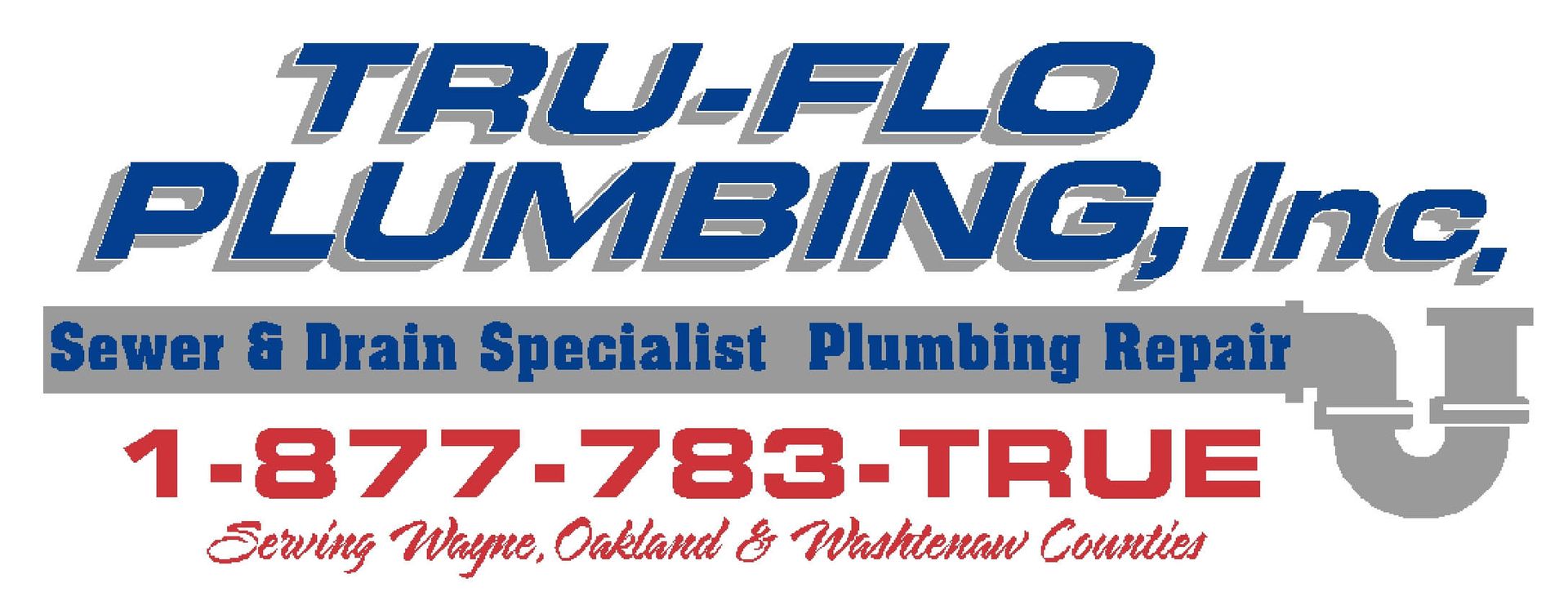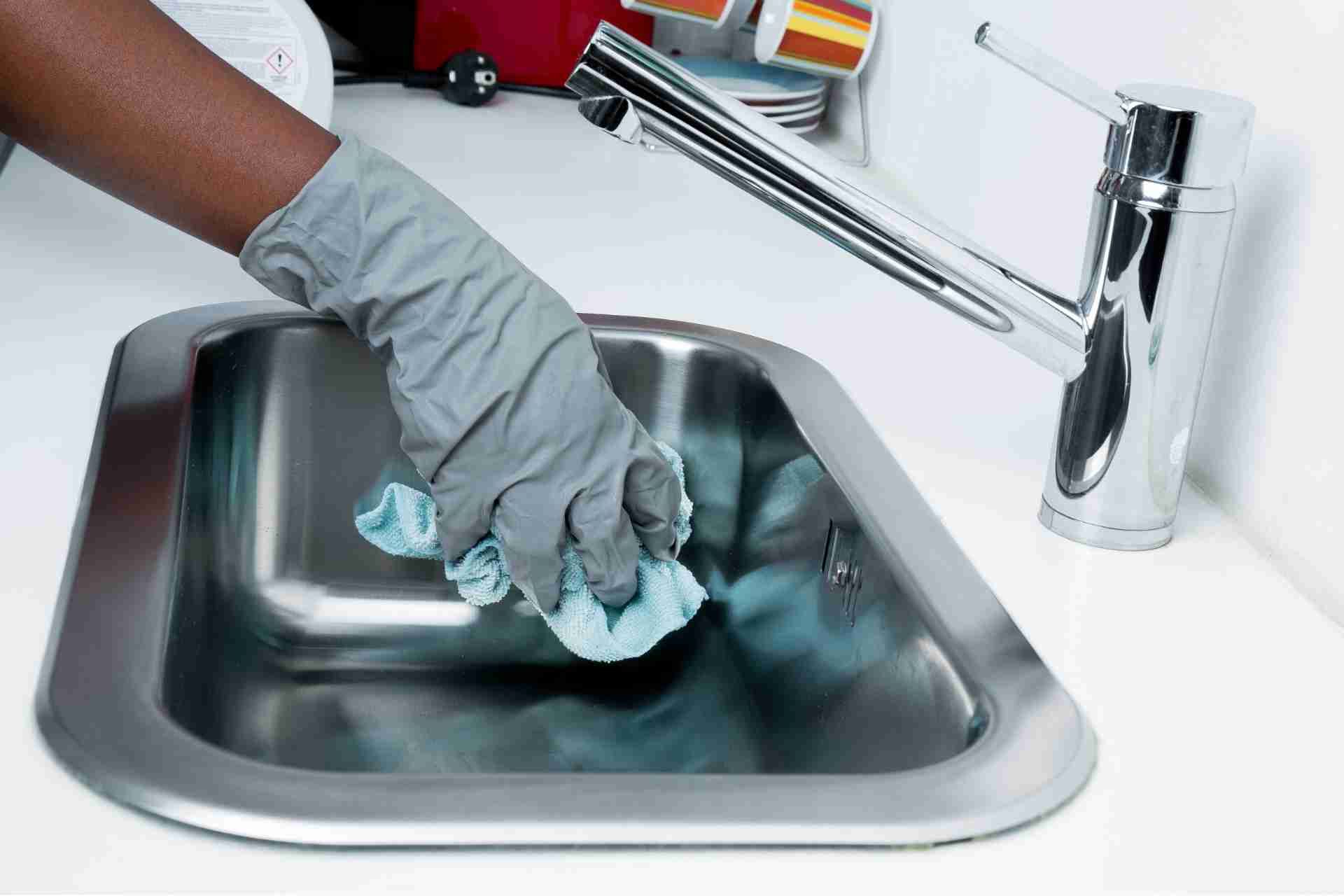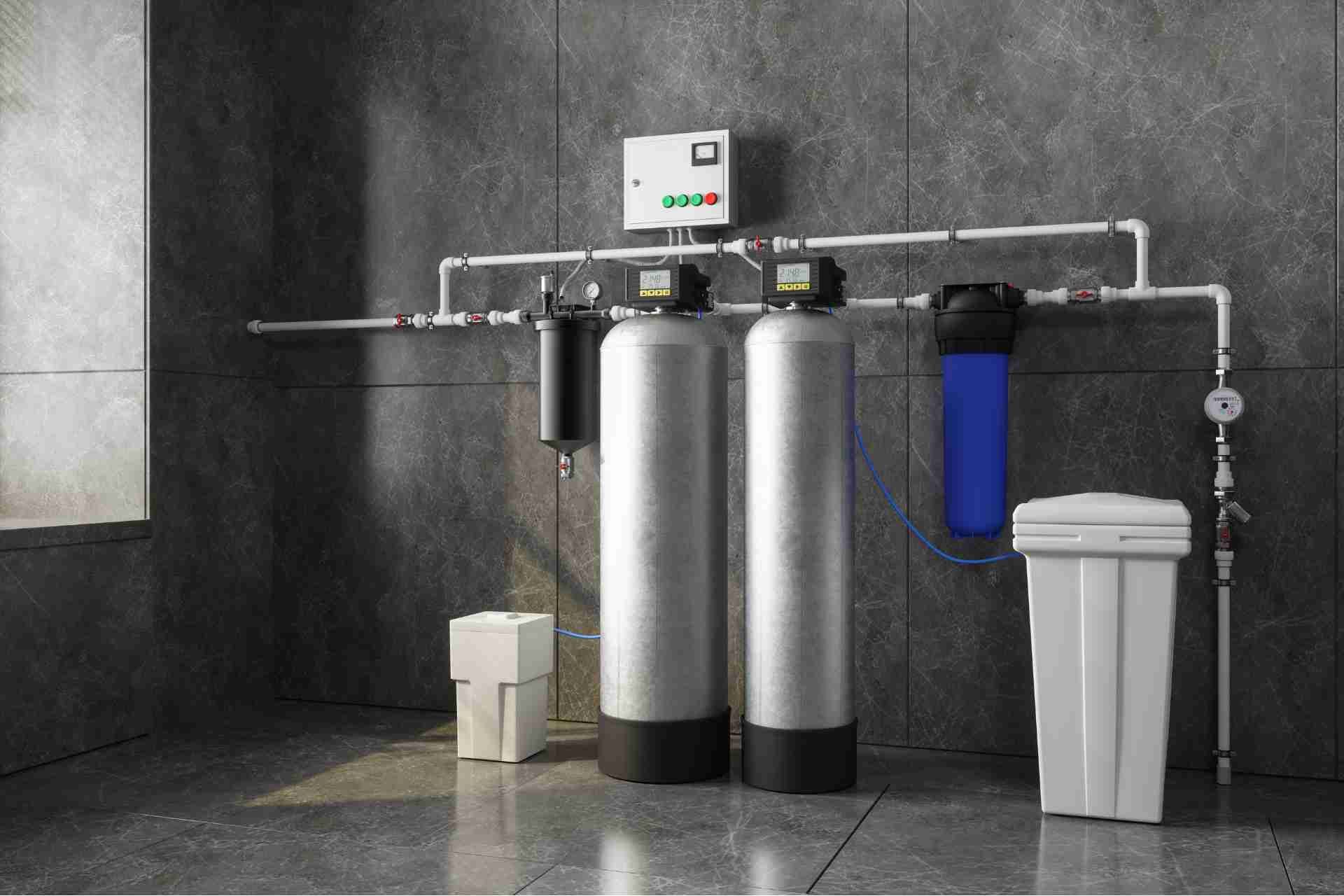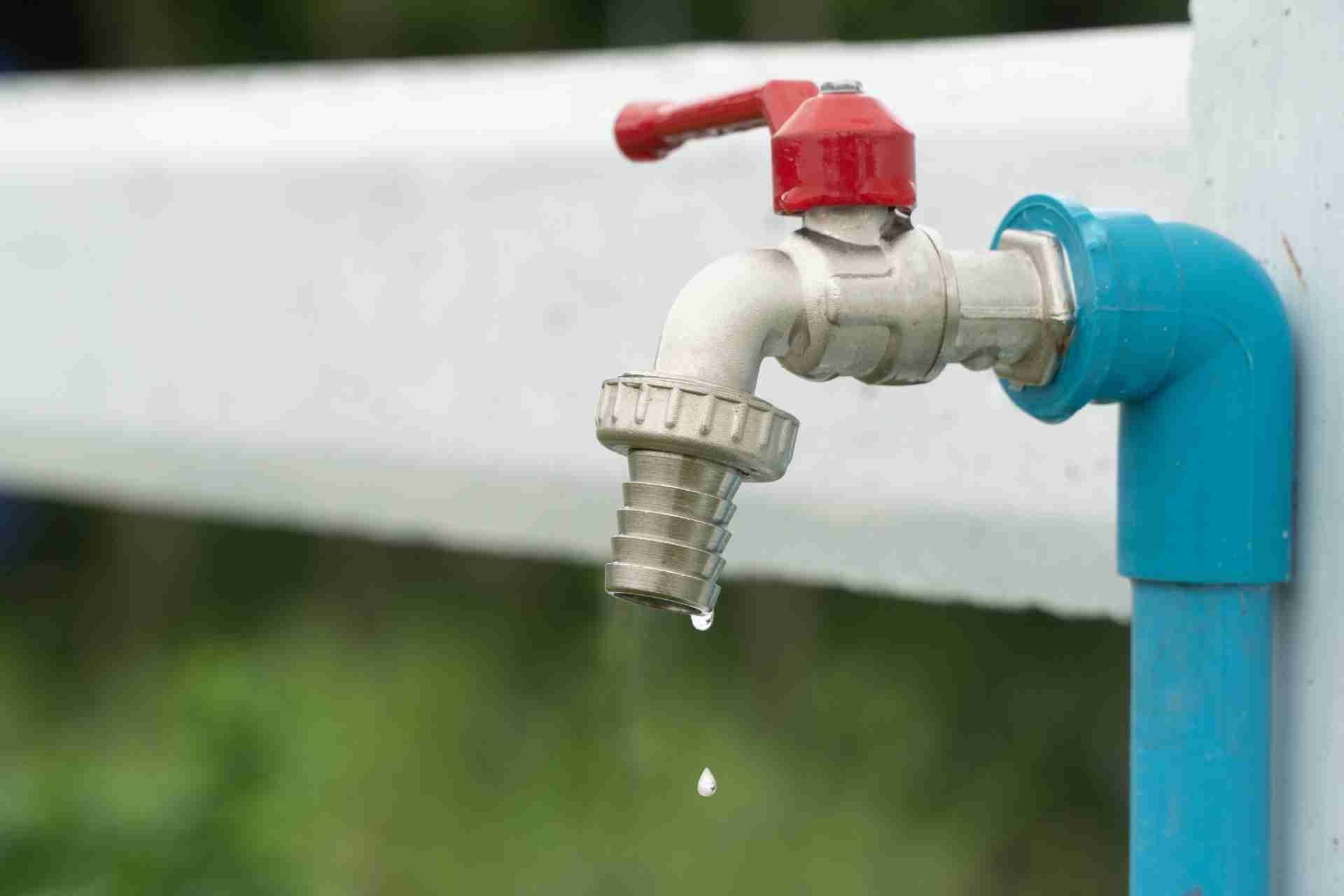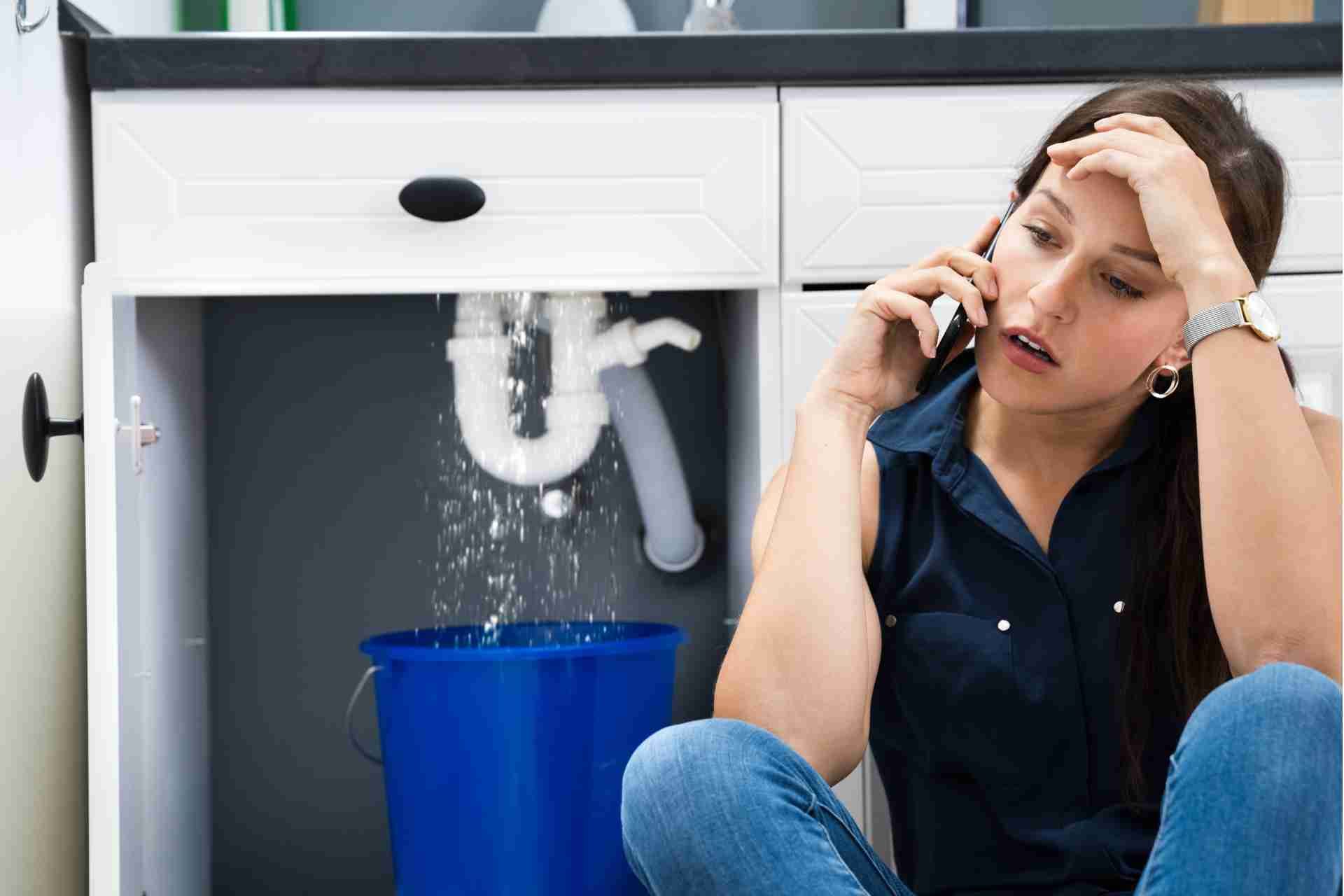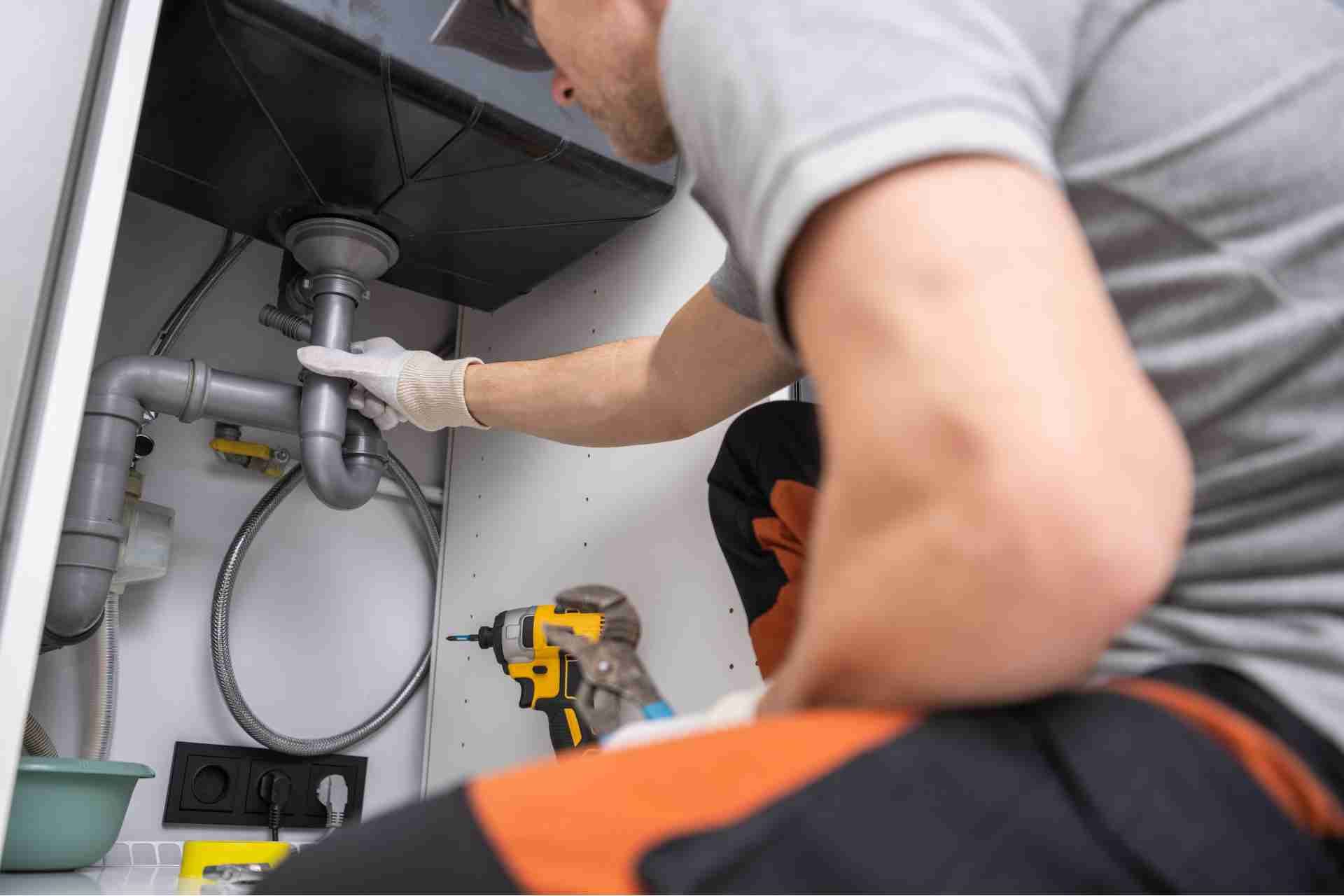How Does a Water Softener System Work
If you've ever experienced the frustrating effects of hard water in your home, you may have heard of water softener systems.
You might wonder how a water softener system can actually make a difference in your home.
Well, imagine a system that not only removes the hardness from your water but also helps preserve your appliances and plumbing.
Curious how this all works? By breaking down the science behind ion exchange and regeneration, you'll soon understand the magic behind how a water softener system can transform your daily water usage.
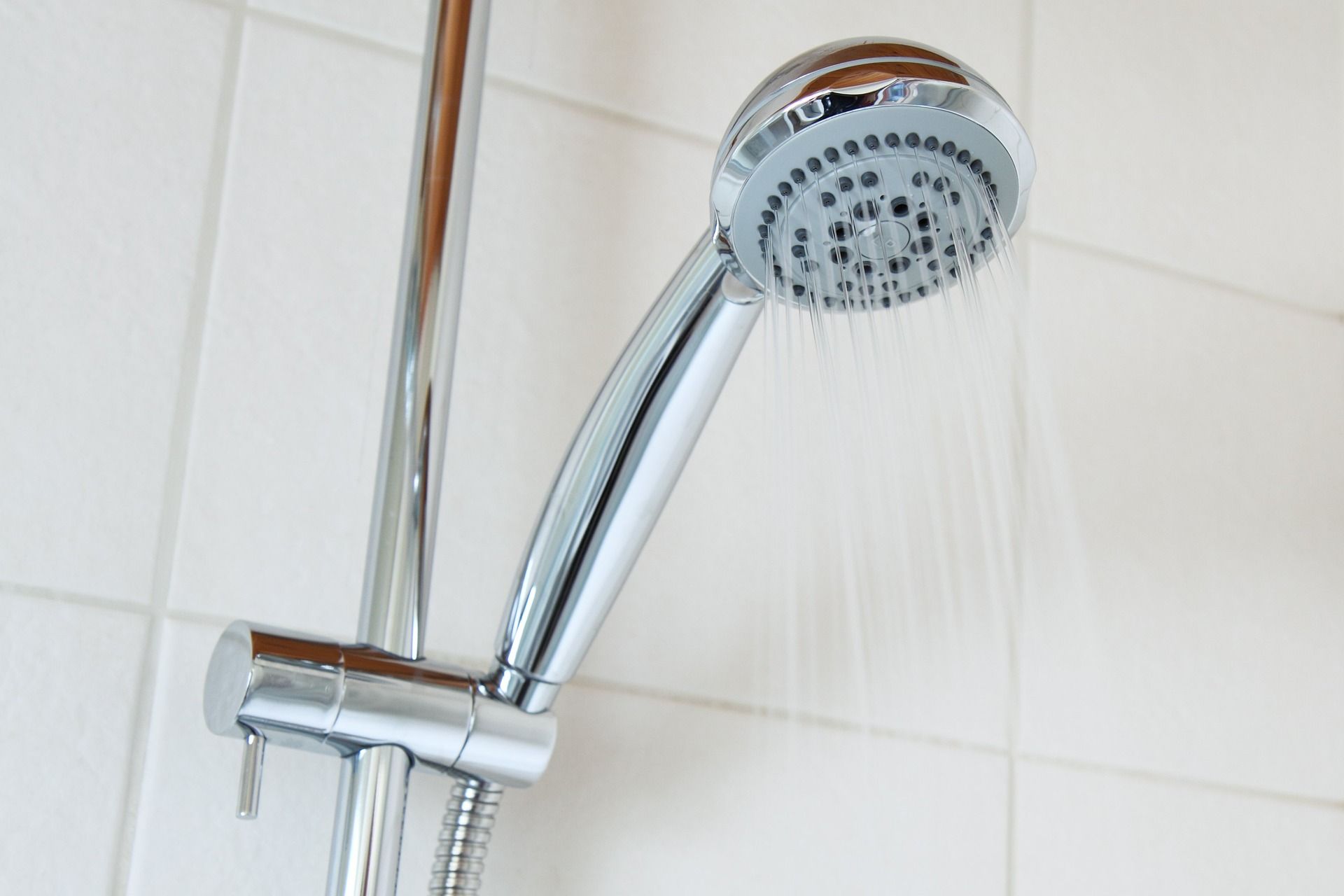
Water Softener System Components
Water softener systems are an essential part of many households, as they help improve the quality of water by removing minerals that cause hardness. But what components make up a water softener system?
Resin tank: The resin tank is the heart of a water softener system. It contains resin beads that attract and trap calcium and magnesium ions, the minerals that cause water hardness. When water passes through the resin tank, the minerals stick to the resin beads, allowing the softened water to flow out.
Control valve: The control valve is responsible for controlling the flow of water in and out of the resin tank. It also regulates the regeneration process, which is when the resin beads are cleaned and recharged with sodium ions. The control valve can be programmed to regenerate based on water usage or set to a specific schedule.
Brine tank: The brine tank is where the salt or potassium chloride used for regeneration is stored. During regeneration, the control valve will send a brine solution into the resin tank to clean the resin beads. The excess minerals are flushed out of the resin tank and down the drain.
Resin beads: The resin beads are a crucial component of a water softener system. These beads are made of a special resin material that can exchange sodium ions for calcium and magnesium ions. As water passes through the resin tank, the ions are swapped, resulting in softened water.
Distributor tube: The distributor tube is located inside the resin tank and helps evenly distribute water throughout the resin bed. This ensures that all resin beads are in contact with the incoming water, maximizing the efficiency of the softening process.
Control panel: The control panel is where you can set and adjust the settings for your water softener system. You can program the regeneration cycle, monitor water usage, and receive alerts for maintenance.
Ion Exchange Process
To understand how the water softener system effectively removes hardness minerals from your water, it's crucial to grasp the ion exchange process. In this process, the water containing calcium and magnesium ions flows through the resin tank of the softener. Inside the tank, tiny resin beads charged with sodium ions attract and bind with the hardness minerals in the water. The ion exchange mechanisms at play involve the swapping of sodium ions for the calcium and magnesium ions, effectively softening the water.
As a result of this ion exchange process, the hardness minerals are removed from the water, leading to significant water quality improvements. Water that once caused limescale buildup on fixtures and appliances becomes softer, reducing the occurrence of soap scum in showers, spots on dishes, and scale in pipes. By understanding how the ion exchange process works in a water softener system, you can appreciate the role it plays in enhancing the quality of water in your home.
Regeneration Cycle
During the regeneration cycle of a water softener system, the resin beads are cleaned and recharged with sodium ions to continue effectively softening the water. This vital process ensures that the water softener operates at its optimal capacity.
The regeneration cycle typically begins when the system's control valve initiates a backwash. During this phase, the flow of water is reversed to flush out accumulated hardness minerals and debris from the resin bed.
Once the backwash is completed, the brine tank comes into play. The brine tank contains a highly concentrated solution of salt, usually sodium chloride. In the next step of the regeneration cycle, the control valve directs water from the brine tank into the resin tank. The resin beads then undergo a thorough rinse with the salt solution, allowing them to exchange the sodium ions for the accumulated calcium and magnesium ions.
After the resin beads have been successfully recharged with sodium ions, the system flushes out any remaining brine and residual minerals. This marks the completion of the regeneration cycle, and the water softener is once again ready to efficiently soften your water.
Do I Need a Water Softener?
There are a few key signs that indicate you may benefit from a water softener. If you've noticed a buildup of limescale on your faucets, shower heads, or appliances, it's a clear sign that hard water is wreaking havoc in your home. Limescale can not only be unsightly, but it can also lead to clogs and damage to your plumbing fixtures.
Another telltale sign of hard water is dry, itchy skin and brittle, dull hair. Hard water can strip your skin and hair of its natural oils, leaving you feeling uncomfortable and less than fresh after showering. Installing a water softener can help alleviate these issues by removing the minerals that are causing the problem.
If you're constantly battling with soap scum and struggling to get your clothes and dishes clean, a water softener may be the answer. Hard water can prevent soap from lathering properly, making it difficult to clean effectively. This can lead to spending more on cleaning products and increased wear and tear on your appliances.
Installing a water softener can not only improve the quality of your water but also save you money in the long run. By reducing limescale buildup, you can extend the life of your appliances and plumbing fixtures, saving you from costly repairs and replacements down the road.
